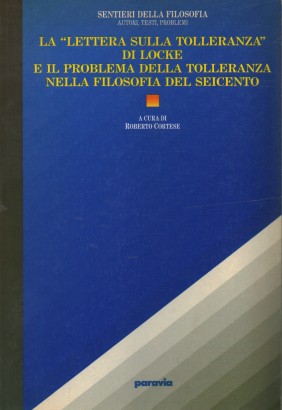

These disruptions are particularly patent when we look at couples’ relationships. The war brutally disrupted the private lives of French families since practically all families were affected by a departure for the frontlines. Renewed interest in archives containing personal narratives, and the push to publish soldiers’ journals and correspondence between those at the front and those behind the lines, have made it possible to study how families and couples were reshaped by the war and how they expressed their affection and emotions. Essays, novels, narrative accounts, iconographical documents, songs, press articles, as well as parliamentary debates and legal sources have all been used to examine the boundary between private life and the public sphere. Historians have analysed different sources to study how the First World War disrupted people’s private lives.

Alongside this, increased interest in the cultural history of the Great War has opened up new research topics focused among other things on the everyday life of soldiers, the history of families during the war and ties between the war- and home fronts. Since the publication of the five volumes of A History of Private Life, edited by Philippe Ariès (1914-1984) and Georges Duby (1919-1996) in the late 1980s, there has been an increase in France in thought about and research into the everyday life of populations, as well as into their private lives and emotions.

Introduction: A History of the Private Life of Couples during the War ↑


 0 kommentar(er)
0 kommentar(er)
